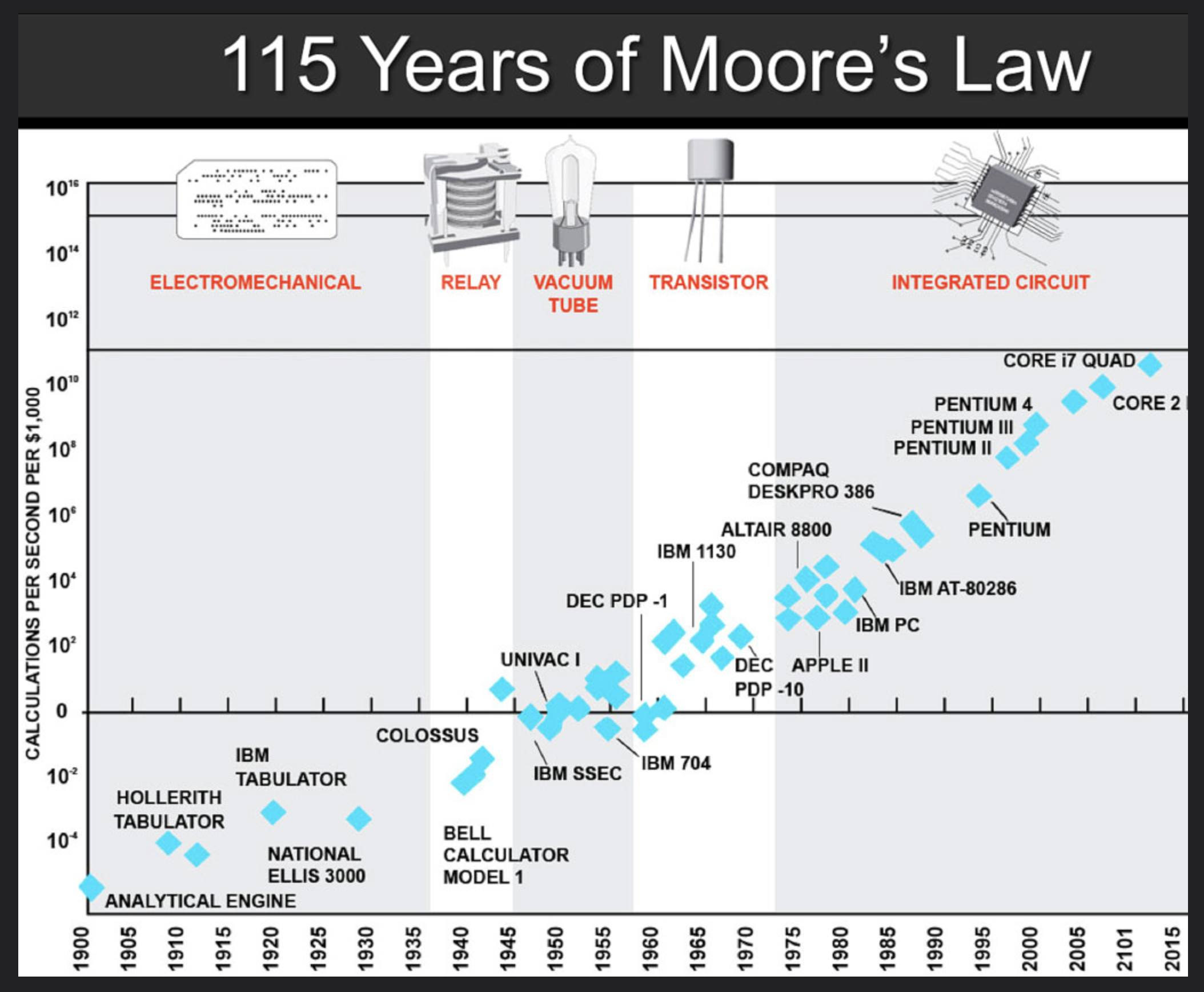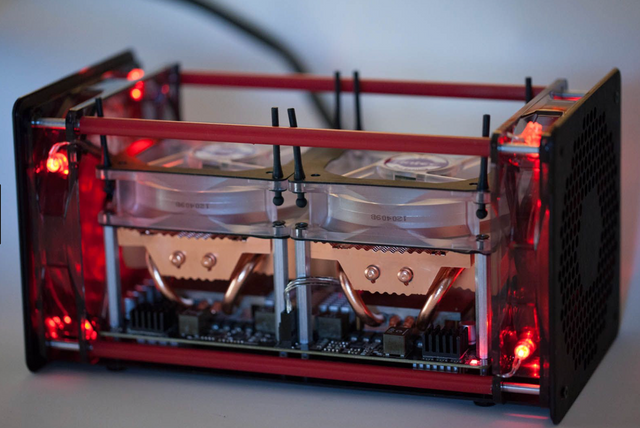How Moore’s Law can decentralize bitcoin mining and create a level playing field
Bitcoin decentralizes power by giving one CPU one vote. The idea is that by contributing computing power to the network (known as mining), you become part of the decision making process. These decisions involve deciding whether transactions are valid by solving the mathematical problem of ownership by looking for a nonce (a seemingly random result of SHA256 hashing algorithm).

(Google images - Wikimedia Commons)
If one reads the Satoshi Nakamoto white paper, one will see that within the mining system, one CPU = one vote when it comes to confirming a transaction to the block in order to get the mining reward. When it went to GPU’s that’s basically like one GPU = 100 votes and then with ASIC’s it’s more like One ASIC = 100,000 votes.
This contributed to the situation where in order to remain profitable, you had to keep up with the technology or you would be “outvoted” for the mining reward. Whole warehouses are often set up which requires a large outlay of capital. This centralization of mining power is also inconvenient if the power happens to shut off.
This kind of mining is hitting a wall called Moore’s Law. Just as mainframe computers required an entire room to perform a simple math function in the early days and now one can do computations many orders of magnitude more sophisticated on your mobile phone, so too will the situation with bitcoin mining resolve itself to the point where everyday users can mine with chips embedded in their smart TV’s and Microwave ovens using solar panels.
In the 60’s Gordon Moore stated that processing power doubles approximately every 2 years. This has not been true in recent improvements in bitcoin mining hardware, but the improvements are now hitting a wall because the early improvements were on the order of hundreds to thousands of times faster but are now slowing down to doubling every 2 years.

(Google images - Wikimedia Commons)
The latest ASIC’s run 16 nm circuits which have boosted performance tens of thousands of times faster that the first CPU’s. These early improvements happened so fast that new hardware literally had a shelf life of about 3 to 6 months going from fastest state of the art mining hardware to no longer being profitable due to loss of voting power when others upgraded.
When mining chips only double in power every two years, the voting will spread out from warehouses and lead to greater decentralization because one can hold onto mining hardware for a longer period of time before ROI requires forces an upgrade to stay profitable.
Decentralization is the key to keeping the bitcoin ecosystem fair. It avoids the possibility of a 51% attack on mining nodes to rewrite fraudulent blocks to undo transactions.
Donations (public bitcoin address):

3FwxQsa7gmQ7c1GXJyvDTqmT6CM3mMEgcv

@zoidsoft Well done for sticking at it! Followed.